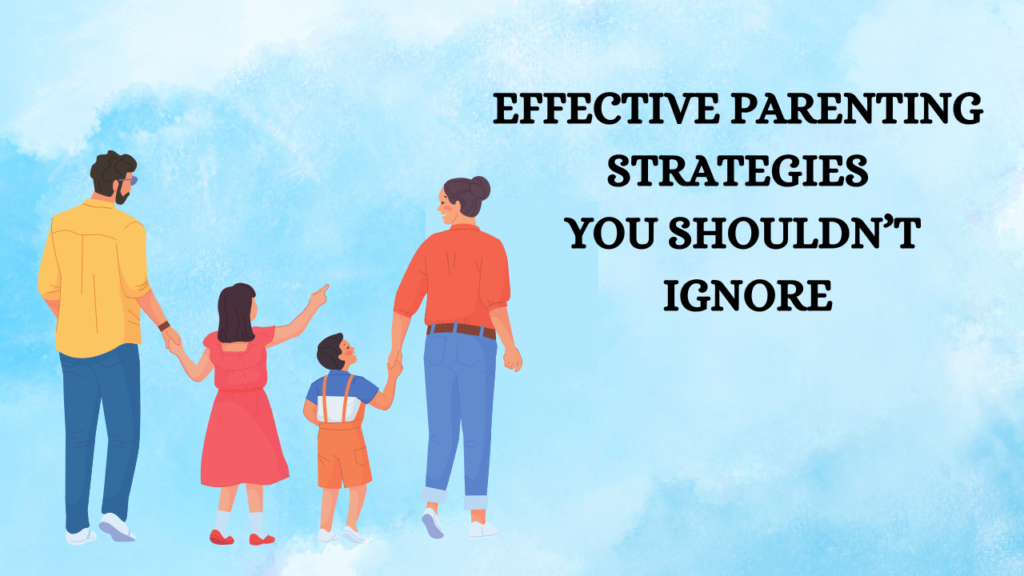Is Codependence a Result of Divorced Parents – TheLifeCents
In the landscape of psychological well-being and relational health, many Adult Children of Divorce, Mental Health Advocates, and Psychology Enthusiasts ponder a critical question: Is codependence a result of divorced parents? This inquiry cuts across aspects touching on child abuse, emotional attachment, and dysfunctional families. Now, let us understand how these factors might affect codependency, as well as how people might change their relationships for the better. Introduction to Codependence Definition and Key Traits Codependency is best described as an overleaning on others for self-worth. More often this behavioural pattern causes one to subjugate his/her needs for the sake of the other parties’ needs, hence forming complicated patterns of dependency. This type of person often has poor self-concepts, blurred or inflexible personal borders, and a severe phobia concerning being left alone. Psychological Roots and Behavioral Patterns At its core, codependence is a function of child’s psychological development and conditioning. These patterns are thus developed when the child is very young and will always try to model themselves on their parents in developing interpersonal relationships. Family Dynamics and Codependence Impact of Early Family Interactions on Relationships Many people who become codependent develop these behaviours and feelings in response to specific family situations. Infants acquire relational signals, affective regulation of interactions, and relational models of relationships from the natural thousand. Consequently, children in families that restrain the emotional aspect or encourage its absence need to work through negative strategies of comforting themselves and become relationally dependent. Role of Attachment Theory in Codependent Tendencies Attachment theory explains, based on a person’s early interactions with caregivers, how they are likely to develop subsequent healthy interpersonal relationships. The elements of a secure disposition promote the achievement of independence, while elements of insecurity may lead to the achievement of emotional reliance and codependency. Divorced Parents and Codependence Emotional Instability and Compensation by Children To what extent is codependency caused by divorced parents? Undoubtedly, it is so with some people anyway. Each child of divorced parents suffers from emotional fluctuations since they try to cover up the loss of the overall unit. This compensation is likely to present itself in responses such as acute self-imaging as an inadequate basket case, chronic self-pity, and, above all, compulsive caregiving as a way of avoiding rejection. Boundary Issues and Lack of Role Models In families experiencing marital dissolution, there is likely to be a problem in boundary creation. They may not be able to identify appropriate role models of healthy ‘boundaries’ of self, having trouble in making natural ‘self-representational’ distinctions between self and others. New Age Parenting and Its Influence on Codependence In families touched by marital dissolution, boundary setting can become challenging, and parental role models may be less readily available. Here, New Age parenting techniques provide a transformative influence on the emotional development of children, particularly within divorced families. These contemporary approaches advocate for open communication, emotional intelligence, and holistic well-being, creating an environment where children are encouraged to openly express themselves and learn to establish healthy emotional boundaries. tendency: Divorced vs. Intact Families Research Insights and Other Influencing Factors Studies have further shown that co-dependent features may be identified in kids who come from divorced families as well as children from intact families. However, other things like the socioeconomic status, the parent /caregiver’s state of mental health as well and the modes and manners of communication in such families also contribute to the equation, thus making the question, “Is codependence a result of the parent’s divorce?” complicated and multi-layered. Emotional Needs and Coping After Divorce Abandonment Fears, Loyalty Conflicts, and Guilt Divorce-related issues most common among children include abandonment, loyalty and guilt. These emotional needs give rise to caretaking behaviours, which include being in charge of the emotional needs of other people to the detriment of the self. Caretaking Tendencies and Fear of Rejection The characteristics of codependent personalities are traditionally illustrated as caregivers motivated by a fear of abandonment. This cycle may just continue and make a person to feel incompetent and rely on others for approval. Influences Beyond Divorce Personality Traits, Societal Norms, and External Factors Although parental separation is inherent, codependence depends on genes, culture, and other interactions in the environment. These elements should be taken into consideration when establishing the origin of codependence behaviour. Breaking the Cycle of Codependence Building Self-Awareness, Boundaries, and Healthy Relationships It is important to recognize individual needs, limits, and practices that are healthy to escape codependency. This is the observation that they have to learn that they need things, that they need to make their own choices and they need to be respected. Role of Therapy and Self-Help Strategies Therapy and self-help strategies play a pivotal role in overcoming codependency. Professional support can guide individuals in understanding their behaviours, addressing underlying trauma, and developing healthier relationship dynamics. Conclusion Questions like: Is codependence brought about by divorced parents? proves the interdependence conceived by the concept of the family and the individual growth process. Thus, the presence of codependent traits is partly associated with parental separation and other factors determining an individual’s relationship. In the end, by accepting one’s past and working on it, as well as on awareness and relationship building, a person can have defying childhood relationships. Healthy interdependence is therefore achievable and liberates individuals from codependency to establish a future that is emotionally sound. Frequently Asked Questions 1. Can codependence be overcome even after childhood? Absolutely. Therefore, there is hope concerning persons who may be diagnosed with codependency since, with appropriate resources and assistance, they are capable of relinquishing such behaviours and consequently work towards developing more beneficial habits of not only their relationships but also their self-attentiveness. 2. Does having divorced parents guarantee codependency in children? It is not so because the analysed factor of divorced parents contributes to it. Personality and some environmental factors highly contribute to Success and failure. 3. How can therapy aid in addressing codependency? It is not so because the analysed factor of divorced parents contributes to it. Personality and












